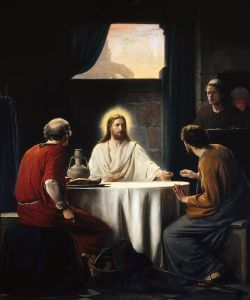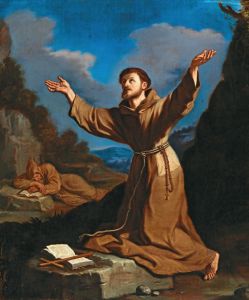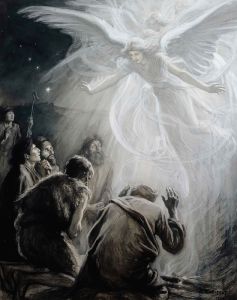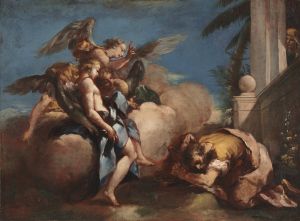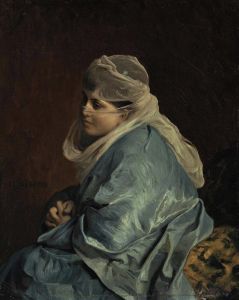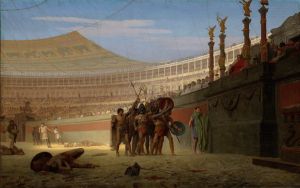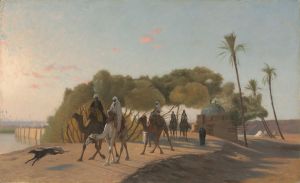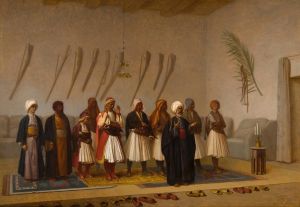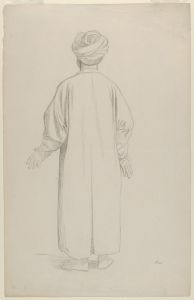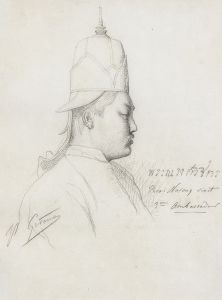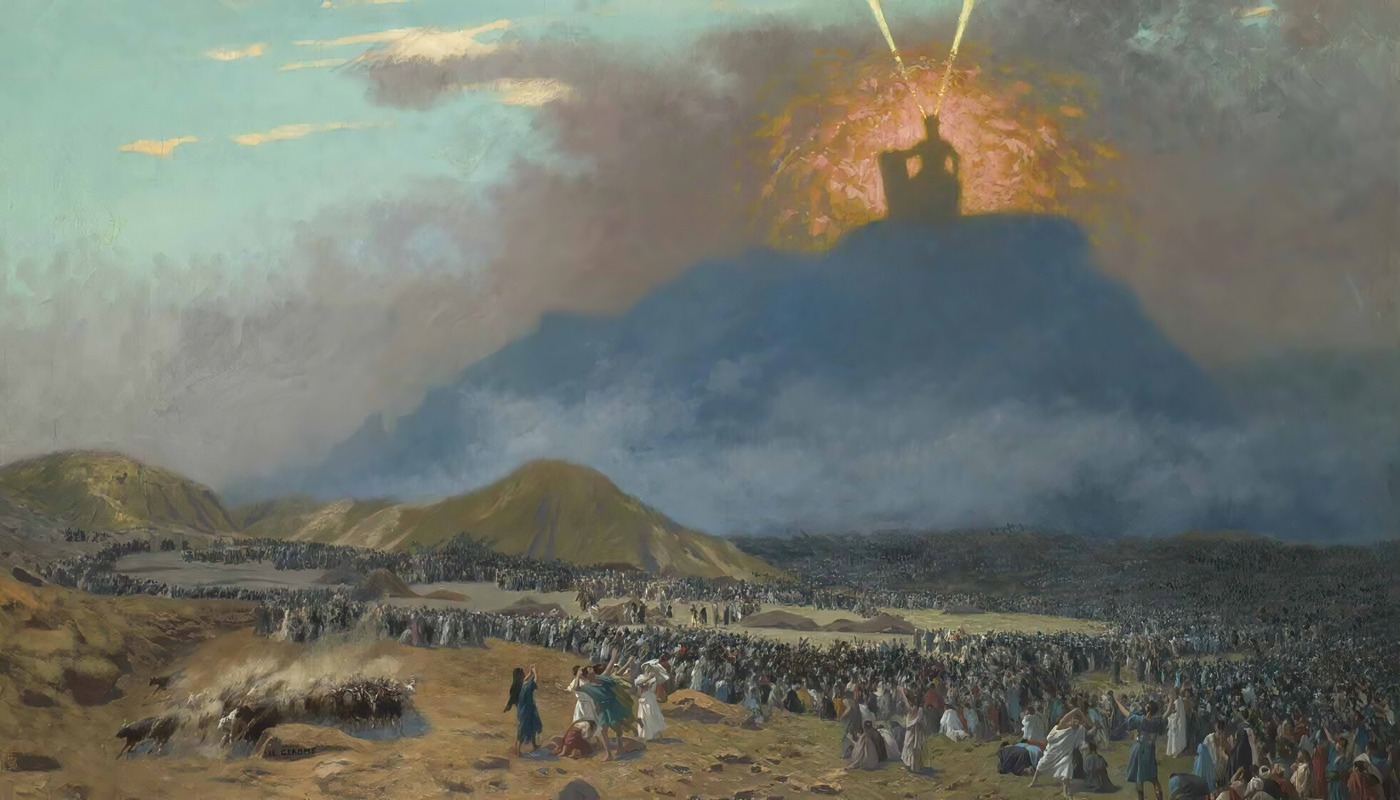
Moses On Mount Sinai
A hand-painted replica of Jean-Léon Gérôme’s masterpiece Moses On Mount Sinai, meticulously crafted by professional artists to capture the true essence of the original. Each piece is created with museum-quality canvas and rare mineral pigments, carefully painted by experienced artists with delicate brushstrokes and rich, layered colors to perfectly recreate the texture of the original artwork. Unlike machine-printed reproductions, this hand-painted version brings the painting to life, infused with the artist’s emotions and skill in every stroke. Whether for personal collection or home decoration, it instantly elevates the artistic atmosphere of any space.
Jean-Léon Gérôme's painting "Moses on Mount Sinai" is a notable work by the French academic painter, who was renowned for his historical and Orientalist themes. Gérôme, born in 1824 and passing in 1904, was a prominent figure in 19th-century French art, known for his precise and detailed style, which often depicted scenes from history, mythology, and the Bible.
"Moses on Mount Sinai" captures a pivotal moment from the biblical narrative in the Book of Exodus, where Moses ascends Mount Sinai to receive the Ten Commandments from God. This event is a cornerstone in Judeo-Christian religious tradition, symbolizing the covenant between God and the Israelites. Gérôme's interpretation of this scene reflects his interest in historical and religious subjects, as well as his skill in rendering dramatic and evocative imagery.
The painting is characterized by Gérôme's meticulous attention to detail and his ability to convey the grandeur and solemnity of the moment. Moses is typically depicted in a moment of divine revelation, surrounded by the rugged and imposing landscape of Mount Sinai. Gérôme's use of light and shadow enhances the dramatic effect, emphasizing the spiritual significance of the event. The artist's academic training is evident in the composition and execution of the work, which adheres to the principles of balance, harmony, and realism.
Gérôme's work often involved extensive research to ensure historical and cultural accuracy, and "Moses on Mount Sinai" is no exception. The artist was known for his travels to the Middle East and North Africa, which informed his understanding of the landscapes and settings he depicted in his Orientalist works. Although "Moses on Mount Sinai" is a biblical scene, Gérôme's exposure to the geography and cultures of the region likely influenced his portrayal of the Sinai landscape.
The painting is part of Gérôme's broader oeuvre, which includes a wide range of subjects from antiquity to contemporary scenes of his time. His works were highly regarded during his lifetime, and he was a leading figure in the academic art world, both as a painter and as a teacher at the École des Beaux-Arts in Paris. Gérôme's influence extended to many students who would go on to become notable artists in their own right.
"Moses on Mount Sinai" exemplifies Gérôme's ability to blend historical narrative with artistic skill, creating a work that is both visually striking and rich in meaning. The painting reflects the artist's dedication to capturing the essence of historical and religious moments with authenticity and reverence. While Gérôme's style fell out of favor with the rise of modern art movements in the early 20th century, his works have experienced renewed interest and appreciation in recent years for their technical mastery and historical significance.
In summary, Jean-Léon Gérôme's "Moses on Mount Sinai" is a testament to the artist's skill in depicting historical and religious themes with precision and depth. The painting remains an important example of 19th-century academic art, showcasing Gérôme's ability to convey complex narratives through his detailed and evocative style.







